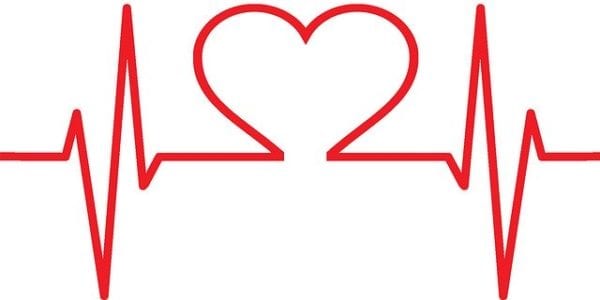Digoxin is one of those medications that has a lot of unique clinical quirks. Here are a few clinical pearls you must remember when using digoxin in CHF.
When using digoxin in CHF (more specifically (HFrEF) you must remember to check electrolytes. Alterations in electrolytes may increase the risk of arrhythmias. When a patient has low potassium or magnesium levels, this can exacerbate digoxin’s potential to be proarrhythmic. I have discussed the digoxin potassium relationship further in this previous post.
In addition to electrolytes, renal function has to be assessed. Digoxin isn’t necessarily associated with a significant risk for acute renal failure but is known to be eliminated by the kidney. If a patient has poor renal function, dosing should likely be more conservative.
Speaking of dosage adjustments, digoxin is a drug that we can and do often assess drug levels. In clinical practice, I have seen this done more often when initiating the drug or if there is suspected toxicity. Checking levels is a little controversial. Some clinicians will choose not to check levels on a routine basis for patients who have been on a stable dose and aren’t showing signs of toxicity. Keep in mind however, that if you notice a change in renal function over time, you may want to consider reassessing the level. Clinical trials have indicated that the target concentration for digoxin in CHF is 0.5-0.8.
One other situation where drug levels might come in handy is with drug interactions. There can be a few with digoxin. Amiodarone is a notorious interaction that you should remember. If you’ve never tried Audible, be sure to snag your free 10+ hour Audiobook on Drug Interactions.
Hypothyroidism may also be a potential risk factor for digoxin toxicity, so it wouldn’t be a bad idea to have this assessed.
When using digoxin in CHF, it is also important to remember that this medication doesn’t improve mortality. In the clinical literature, we only have evidence of improving symptoms and reducing the risk of hospitalization.
- 30 medication mistakes PDF
- 18+ Page Drug Interaction PDF
- 10 Commandments of Polypharmacy Webinar based on my experiences in clinical practice



0 Comments